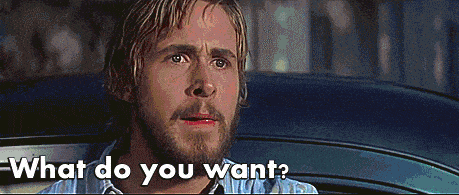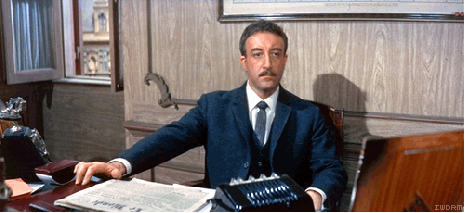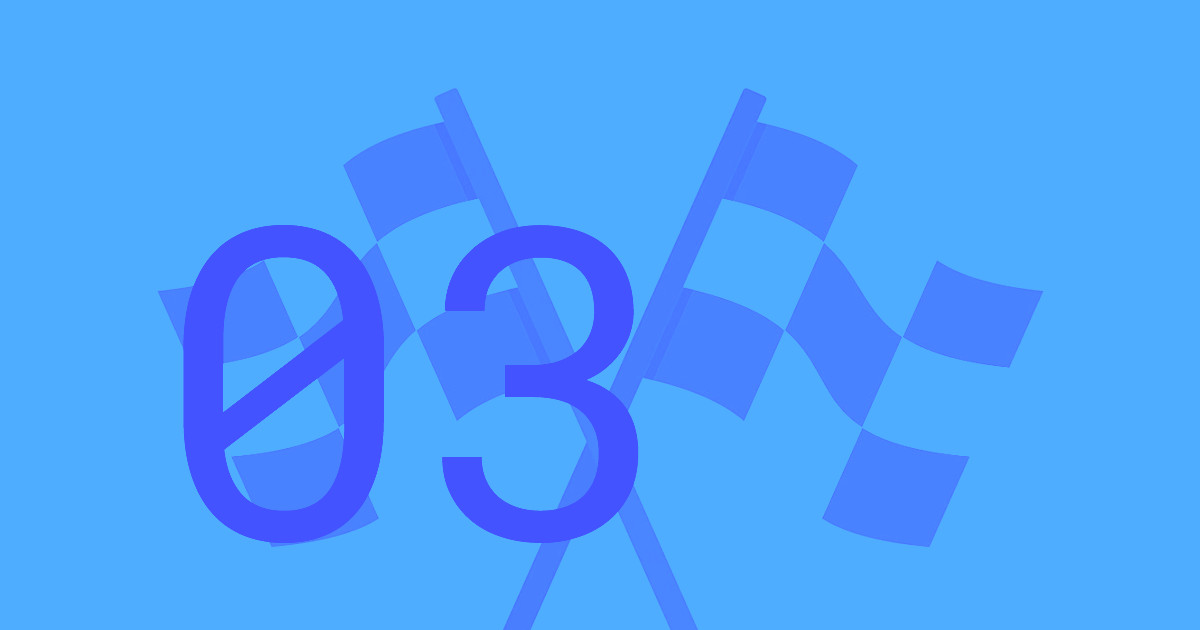We’ve all been there. Working on a project you undercharged for, that’s now 3 weeks overdue, for a client who’s demanding more than you originally agreed to.
Unfortunately, it’s 100% your fault.

Sorry, but it’s true. Because you can avoid projects like that by asking the right questions early on — or better yet, before the project starts.
Paul Jarvis breaks the process down into 3 steps:
- Setting expectations with your client
- Discussing these expectations
- Contractually agreeing on them (so they don’t come back to bite you)
Now, sometimes projects like this are simply unavoidable, even with strong contracts and guidelines in place.
But by following the steps outlined below, you can eliminate the vast majority of them before they hurt you.
1. What are the project deliverables?
Before you even consider taking on a project, you need to know what it’s all about. Is it a website? A logo? An entire marketing strategy? You need to ask your client what they want.

I like to to list out each deliverable we discuss in an extremely straightforward manner, like so:
Deliverables for this project:
Website
- 1 mobile-friendly/responsive page with 4 to 6 sections of content
- 1 signup form that will add submitted emails to MailChimp
- 1 content editor
MailChimp account
- 1 MailChimp account
- 1 campaign
- 1 list
- Integrate with website to add new submissions to the list
Be as detailed as you possibly can with this list. Why? Because when the client asks you to “add a popup modal to allow users to subscribe to my newsletter,” you can respond, “This wasn’t included in the original proposal (see attached proposal with details). But I am happy to discuss adding this as an additional piece of the project.”
Be 100% certain that both you and your client fully understand and agree to the project’s scope before you move on to any of the details below.
2. What’s the timeline?

It’s incredibly easy for projects to creep beyond their original deadlines. My rule of thumb here is to simply double the time you think it’ll take to complete something (on your end), and set hard deadlines for your client throughout the process as well.
For example, when I’m building a website, I’ll give my clients deadlines for providing feedback. So I’ll set myself a deadline for finishing a first draft of the site, then give my client 48 hours to let me know what they think.
In my contracts (which may be more aggressive than most), I define penalties for missed deadlines, usually double my daily rate for each day the client delays the process.
This works both ways — I subtract the same amount when I miss a deadline too.
But to make this all work, you need to set a strict calendar, and agree on the due dates for each stage of the project.
3. What’s the budget?

This is where you really need to stand your ground. I know: easier said than done. So many freelancers undervalue their work, but fully understanding the monetary scope of the project is one of the most important details to square away — if not the most important.
At this point, you should know both:
- The scope of work (what you’ll build)
- The timeline that it’s getting done in
That’s all you need to put together a proper proposal for the client.
Now, you can ask your client, “What’s your budget?” But this is often just a waste of everyone’s time. Clients will typically suggest a lower number, presenting you with the difficult task of convincing them to spend more.
Instead, know exactly what you want to charge for a project of this size, and throw out an amount you feel comfortable with. And don’t budge. This value should be more than a number you pull out of a hat — it’s the actual value of the product you’re offering.
You don’t go into a movie theatre and say, “Hmmm. I don’t like that amount. I’m going to pay half that.” They’d ask you to leave. If your clients try it, you should do the same.
After all, you’re only as valuable as you say you are. If you waver on that value, you’re also wavering on your belief in yourself.



















Grow your freelance business
Take on more clients and build websites faster. Webflow empowers freelancers to design and deliver with confidence, while keeping full creative control.































